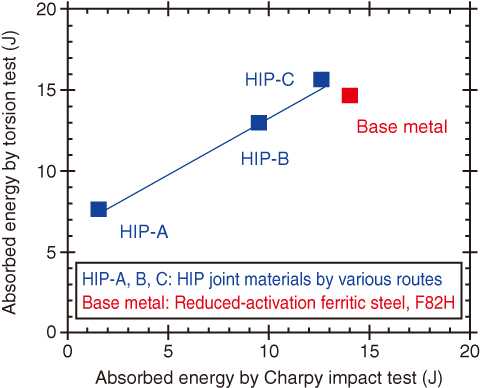
Fig.9-7 Schematic of miniature torsion test method (unit: mm)

Fig.9-8 Comparison between torsion and Charpy impact tests

Fig.9-9 Evaluation of HIP joint components as parts of the fusion blanket structure
Reduced activation ferritic/martensitic (RAFM) steel is one of the leading structural materials for use in the fusion DEMO reactor, and hot isostatic pressed (HIP) RAFM joints are one of the primary technologies for fabricating the cooling channels in the blanket first wall (FW). For practical application, it is very important to identify the stability and damage tolerance of the HIP joints exposed to harsh environments, such as high-energy neutron exposure and heat from the burning plasma.
The Charpy impact test is an established method for gauging damage tolerance with many perceived advantages. However, it is hard to apply this technique to the thin-walled cooling channels of the blanket FW, due to limitations on the specimen size required in testing.
We therefore developed a brand new torsion test method using a miniature specimen to evaluate HIP joints (Fig.9-7). There has so far been good agreement between the fracture energy obtained by the Charpy test and the estimated energy obtained by the developed torsion test (Fig.9-8). We have also introduced fracture parameters specific to torsion and identified the effects that specimen size and geometry had on them. Eventually, we provided a reasonable solution for the HIP joints of the practical components.
In this study, we first applied the torsion technique to the HIP joint components as parts of the blanket structure and demonstrated good agreement with the properties of the base metal (Fig.9-9).
With this achievement, we have a powerful tool that enables us to directly evaluate the HIP joints of the fusion blanket structure. Establishing this test technique is undoubtedly viable in the establishment of design codes and standards for the DEMO reactor.